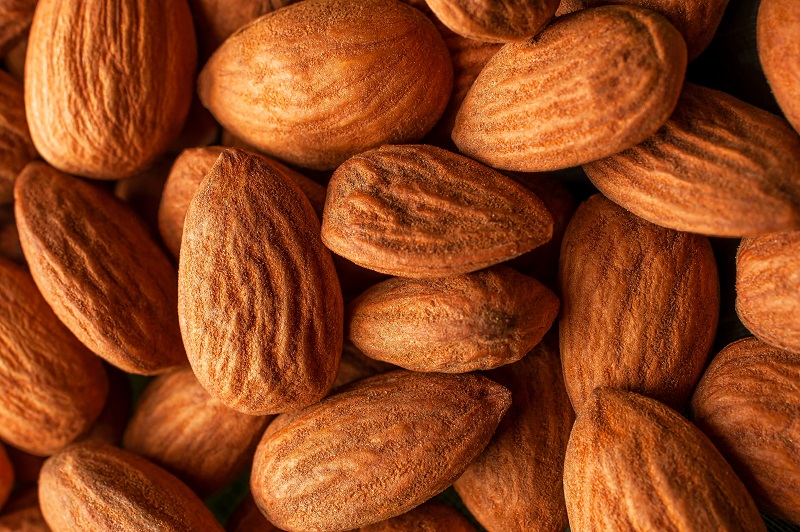Sorting Out the Current State of Profit Risk for Fruit Growers
This year’s American Fruit Grower State of the Industry survey took a half-dozen current risks to profit and asked our grower readers to rank them from 1 to 6, with 1 being the biggest concern. In turn, we asked them to elaborate on their decisions.
Those two questions proved to be the most popular and thought-provoking among the 57 in this year’s survey. The rankings request drew 425 responses. More than half of those respondents (237) then took the time to explain their thoughts.
Here is the final ranking of those profit risks — the top three categories were essentially a dead heat — followed by some of the more noteworthy grower anecdotes and comments:
| PROFIT RISKS | AVERAGE SCORE |
| Higher input prices | 1.66 |
| Extreme weather/climate events | 1.73 |
| Labor shortage/labor cost | 1.83 |
| Increased overhead and processing costs | 2.27 |
| Supply chain disruption/unavailable inputs | 3.51 |
| Unfavorable consumer demand shifts | 3.76 |
“All six risks should be No. 1,” a California citrus grower says. “It’s a difficult balancing act, and it seems no matter what is done, the outcome is still not satisfactory.”
“A combination of these puts our operation in jeopardy,” a Washington state pome fruit grower says.
“You forgot government interference, which would top the list,” a California stone fruit grower says.
“You left out No. 1 for us — unpredictable disease pressure,” a Pennsylvania pome fruit grower says.
HIGHER INPUT PRICES
“The cost of inputs, for whatever the reason, has gone up 30%-plus,” a California grape grower says.
“Fertilizer and diesel are almost prohibitively expensive,” a Florida citrus grower says.
“Costs are the biggest issue,” a California stone fruit grower says. “I see no reason to fear climate. We need to adapt rather than fear it.”
EXTREME WEATHER/CLIMATE EVENTS
“Climate change is by far the biggest threat,” a Wisconsin pome fruit grower counters.
“Even if everything seems perfect going into a new season, the weather can turn it around in an instant,” a Massachusetts pome fruit grower says.
LABOR SHORTAGE/LABOR COST
“We have always used a mix of migrant and local student labor. The former is less available and the latter increasingly flaky; or maybe I’m just getting old,” a Washington berry grower says.
“You guys need to separate the cost of labor and the availability of labor. Two different things,” a New York pome fruit grower recommends. “We’ve got H-2A, so labor availability is not the issue. Cost is.”
“As a seasonal business employing part-time help, we find it very difficult to staff without overburdening family and the few full-timers we employ,” a Connecticut pome fruit grower says.
“Finding and keeping knowledgeable help is the No. 1 problem,” a Washington pome fruit grower says. “Supply has gotten a little better.”
“H-2A wage increases and inflation are the biggest problems facing our industry,” a South Carolina stone fruit grower says.
INCREASED OVERHEAD AND PROCESSING COSTS
“The weather can take you out of production, so it is No. 1,” a Washington berry grower says. “The increased overhead costs will take you down. The labor, we can revert to machine picking if we had to, but others need work too.”
“Input prices along with increased taxes and equipment costs,” an Oregon berry grower says.
“Since the operation is a small family farm, many issues of concern have to do with external factors such as the weather and rising utility costs, as demand for the commodity remains very good,” a California nut grower says.
SUPPLY CHAIN DISRUPTION/UNAVAILABLE INPUTS
“Supply chain issues have impacted our ability to acquire machinery and many products,” a Pennsylvania pome fruit grower says. “It’s been difficult to increase efficiencies enough to offset these trends.”
“Supply chain disruption has had a dramatic and very negative influence on profit, as has increased production costs for almost all inputs: fertilizer, fuel, labor,” a California nut grower says.
“Supply chain issues killed this industry last year. They have im-proved but are very fragile,” a California nut grower says. “Consumers are being screwed with high prices at the store, but farmers are at record lows, so demand has been off by more than 20%. Fuel, labor, fertilizer and most every input is higher — some at record highs.”
UNFAVORABLE CONSUMER DEMAND SHIFTS
“We need to increase consumer awareness of health benefits,” a Nebraska berry grower says.
“I need prices to stabilize and the consumers to want more,” a California citrus grower says. “This comes with marketing as well.”
“The lower consumer demand has caused wineries to not want to purchase or renew contracts,” a California grape grower says. “The prices for fruit purchased are not negotiable, and operations are seeing negative activity in profits.”
“Sometimes I worry about how consumers are being educated on agriculture,” a Wisconsin pome fruit grower says. “I think organic can do a lot of damage when they talk negatively about conventional.”
“Weather and labor are biggest concerns,” a Pennsylvania pome fruit grower says. “Consumers go in cycles, so I’m least concerned about that.”










